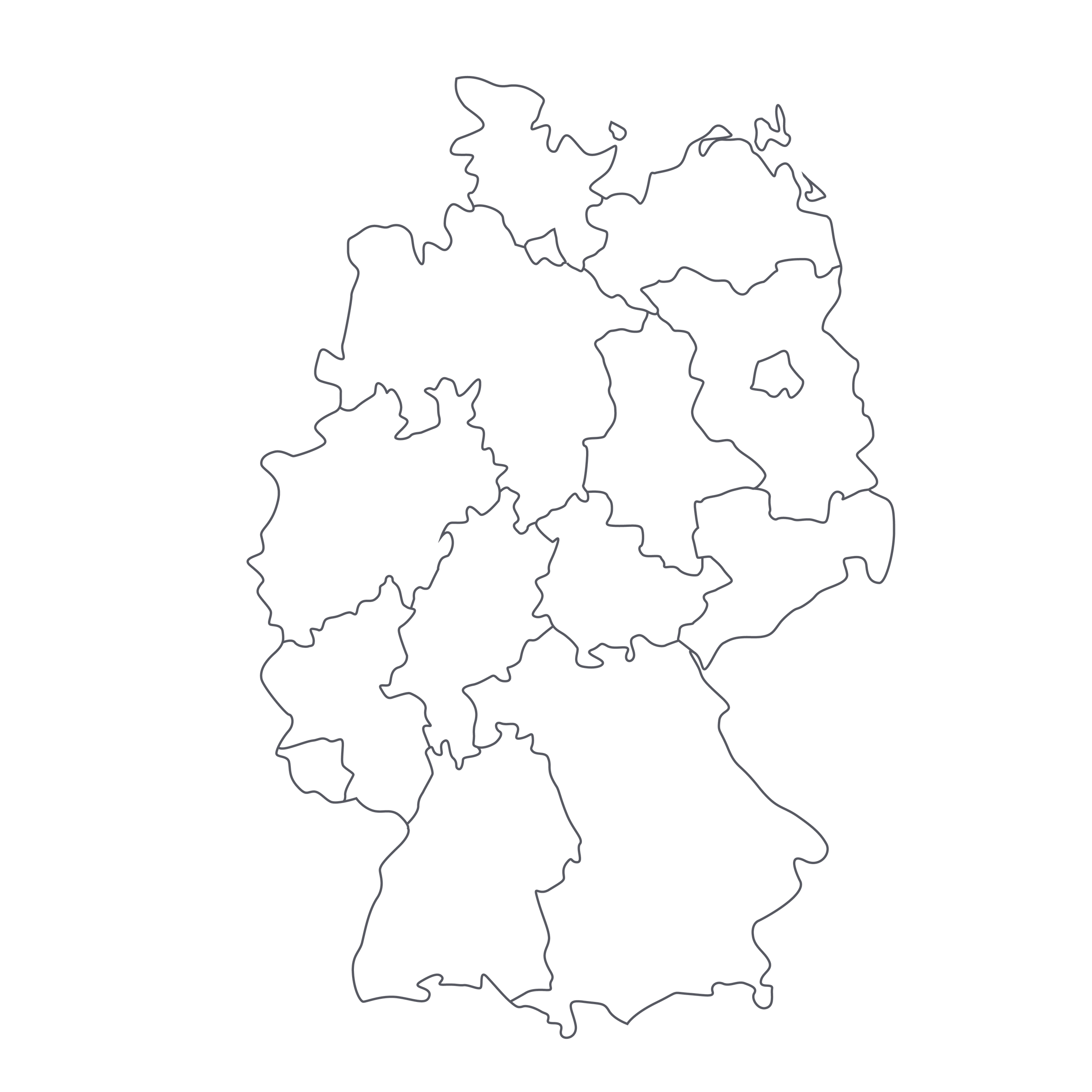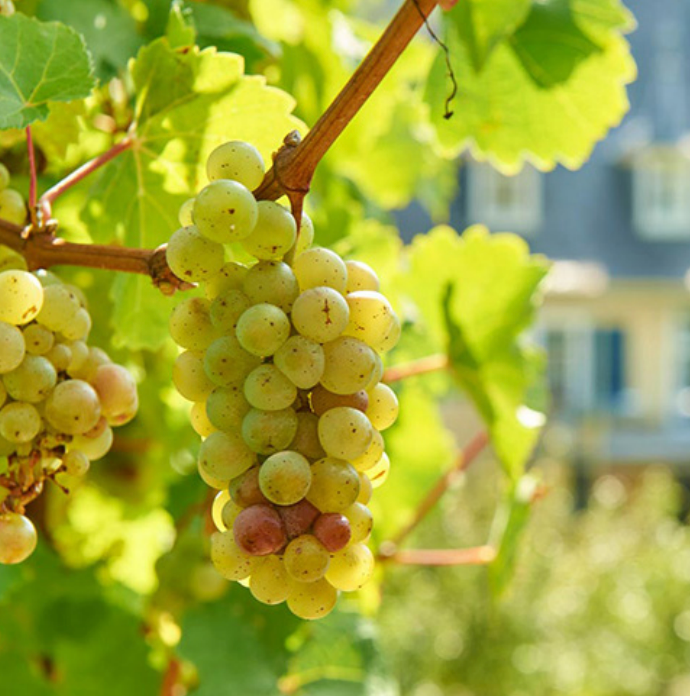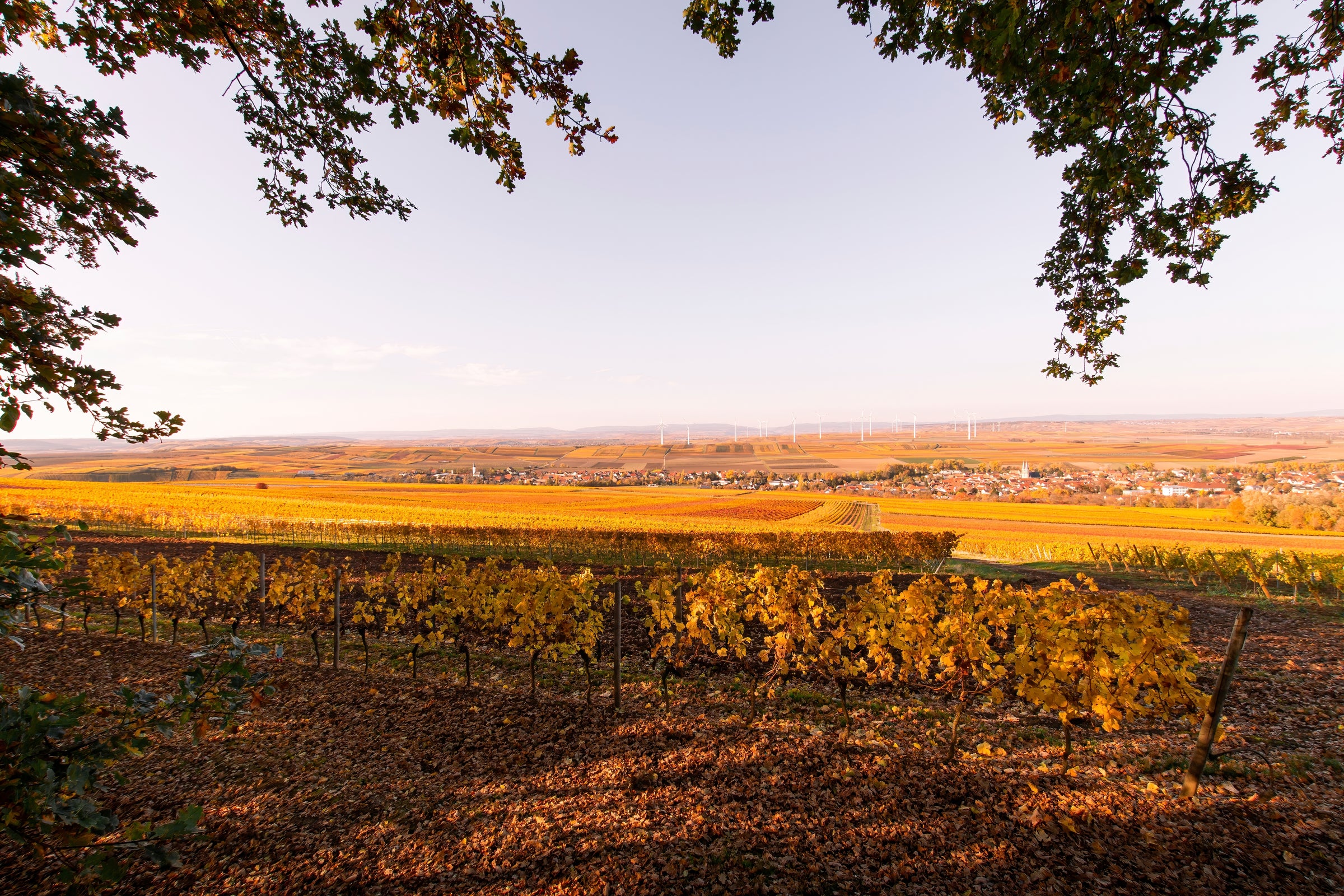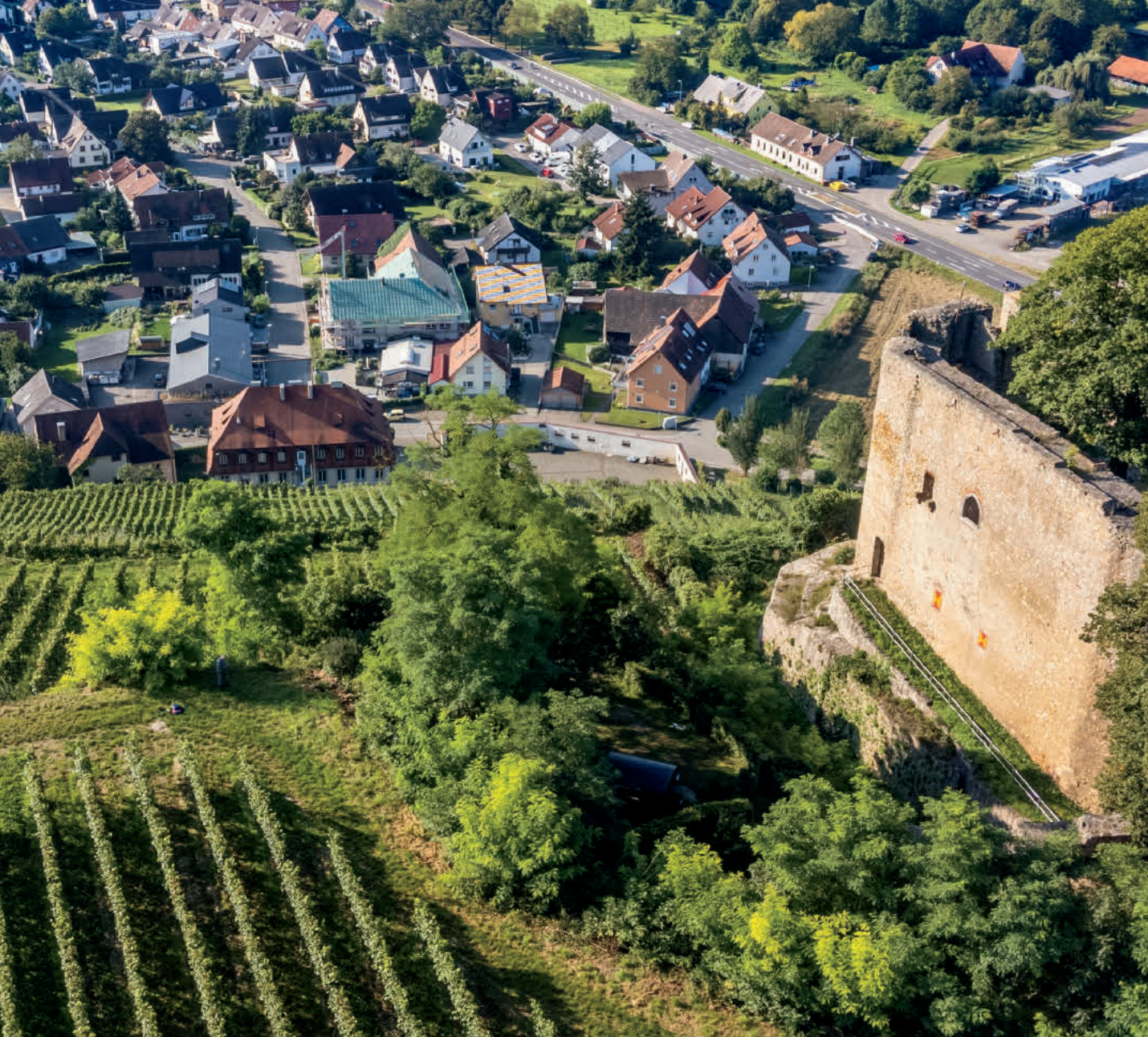This wine comes to you in the increasingly popular, one-liter “patio pounder” format, but the wine inside offers so much more than just affordable refreshment in volume. This is a serious bottle of wine that has “summer staple” written all over it, and we were both shocked and giddy when we learned the price.
As is so often the case in Germany’s spectacular Mosel region, the amount of history, authenticity, and craftsmanship German Riesling delivers for the dollar is pretty much unparalleled in the world of wine. This 2015 ‘Gutriesling’ from Günther Steinmetz is the latest example, and it’s delicious. Given the success of the 2015 vintage, there will no doubt be more to come, but I’ll say this: We’ve offered a lot of wines thus far this year that completely transcend their price point, but this one is right at the top of that list. It is opulent and complex while finishing dry, its gripping acidity jolting your palate to life with each sip. I will have it on hand in significant quantities this summer and beyond, and I strongly recommend you do the same!
The Günther Steinmetz property is right in the thick of things in the ‘middle Mosel,’ where most of the greatest winemaking villages are situated. Headquartered in Brauneberg, the Steinmetz vineyard holdings—which total about 9 hectares—extend into other famous villages such as Piesport, where they farm pieces of “Piesporter Treppchen” and “Piesporter Goldtröpfchen.” Current proprietor Stefan Steinmetz, at the helm since 1999, farms organically and continues to ferment many of his selections (including this one) in old, 1,000-liter German oak fuder. Most of the source material for this wine hails from both young- and old-vine plantings in estate vineyards around Brauneberg, rooted in soils of predominantly blue slate.
This wine shows off the generosity of the 2015 vintage with its lush texture on the attack, but it finishes with a bracing blast of citrusy acidity. The winery’s technical notes indicate that it contains 11 grams/liter of residual sugar—a few grams above the ‘technical’ definition of trocken (dry), but you’d never know it, because the acidity is so thoroughly cleansing. What’s perhaps most notable about this wine, given its format and price, is the impact it makes: It has the structure and complexity of a much more expensive wine, plain and simple.
In the glass, this 2015 Gutriesling (‘Estate Riesling’) from Steinmetz has a glistening yellow-gold core moving to green/silver at the rim. The nose is textbook Mosel, brimming with scents of white peach, white grapefruit, lime blossom, wet stones, and mountain wildflowers. It shows 2015’s depth on the palate, but the acidity has the kind of palate-gripping quality that makes your mouth water. It is also surprisingly long on the finish, leaving an impression that lasts until your next eagerly anticipated sip. Pop this wine now and serve it between 40-45 degrees in all-purpose white wine stems or, if you’re really geeking out, specialty flared Riesling glasses. It will make the ultimate poolside refresher but would be magic as well with first-course salads or vegetable preparations. For me, it’s a go-to with trickier wine partners such as asparagus and artichokes. Check it out with this salad, or your own riff on it, depending on the season. It will knock your socks off!






